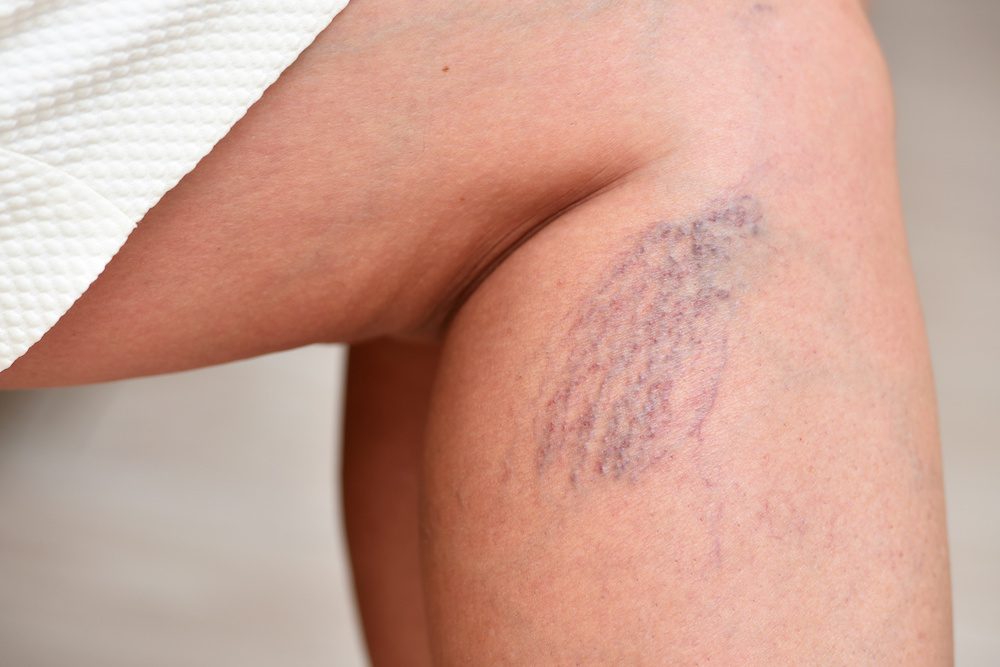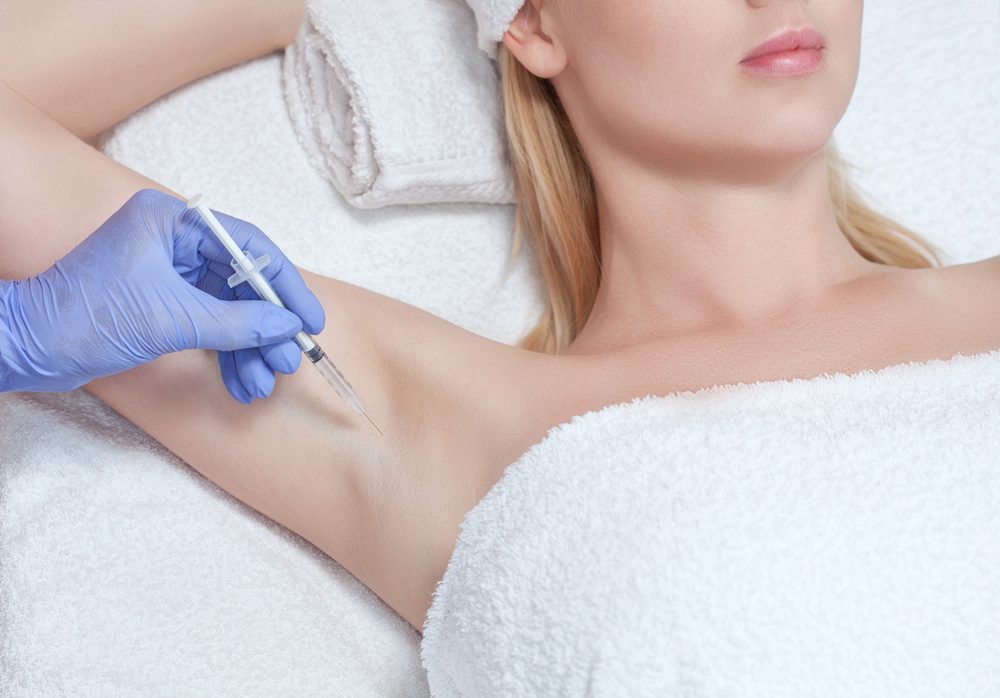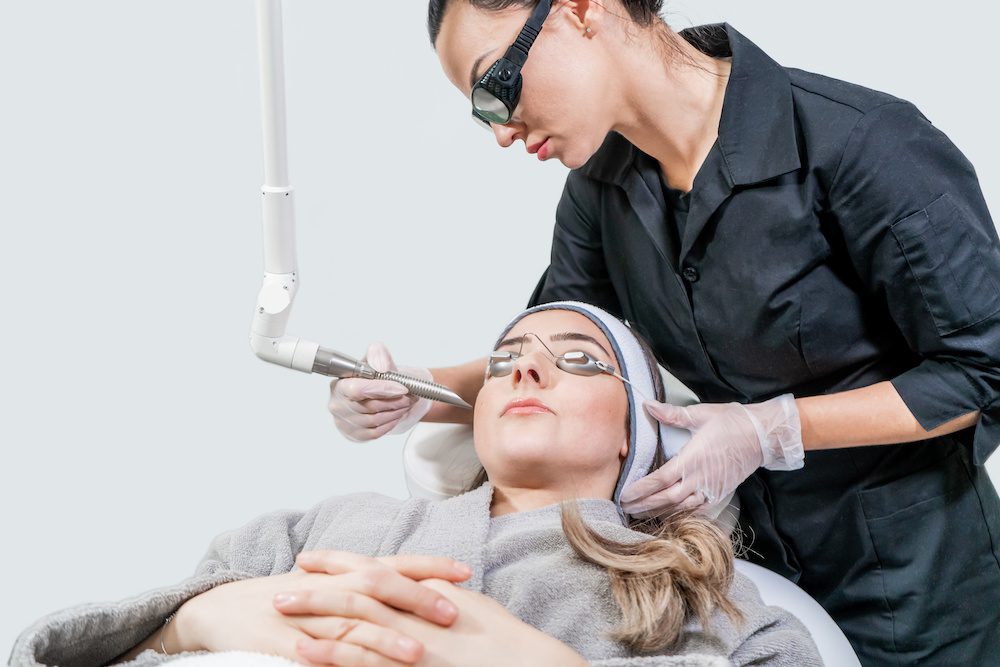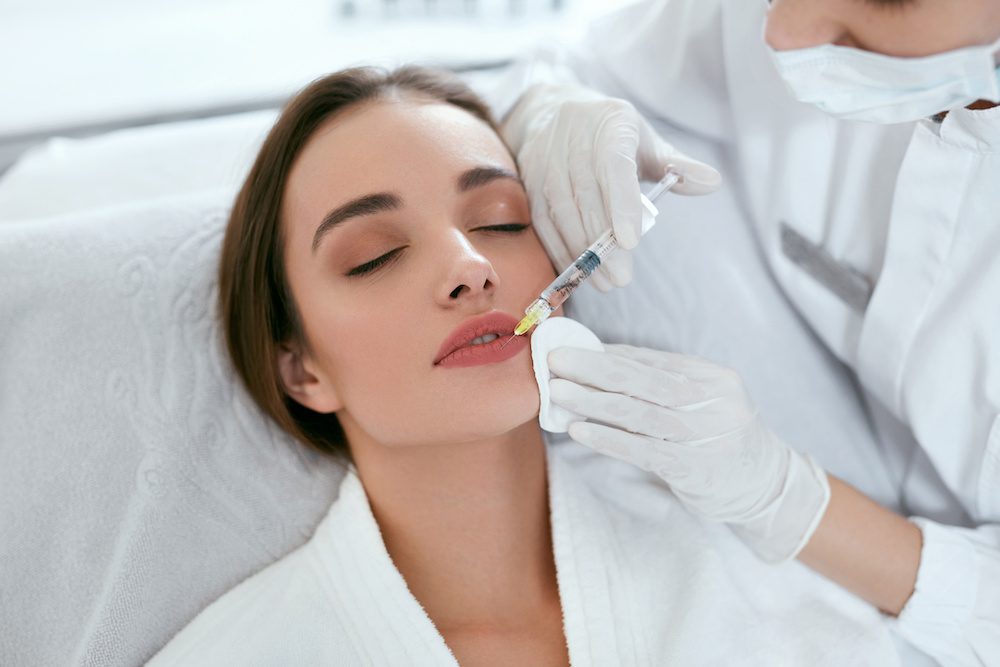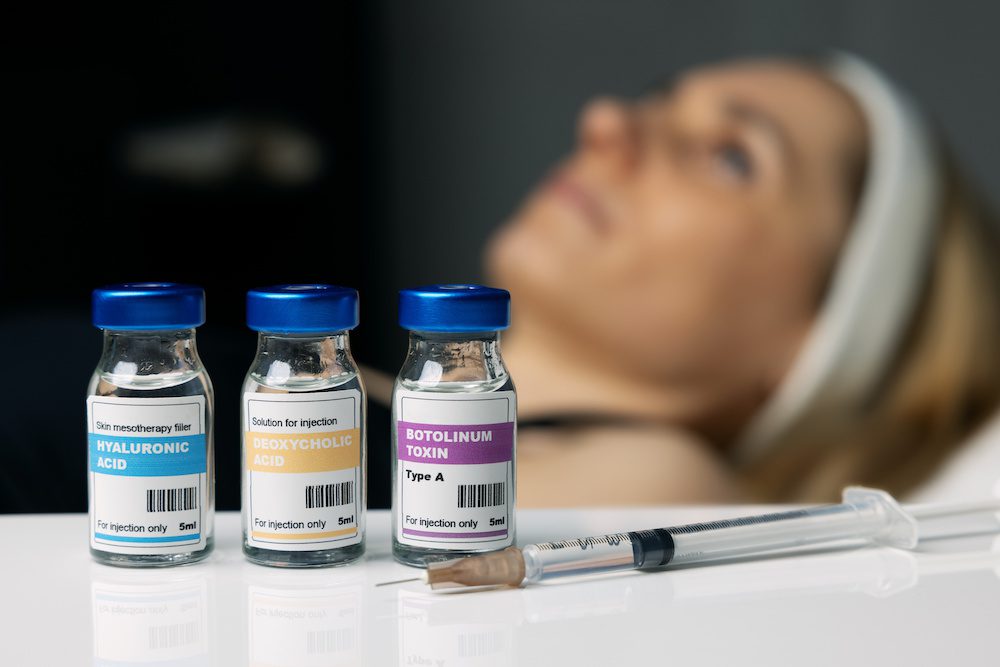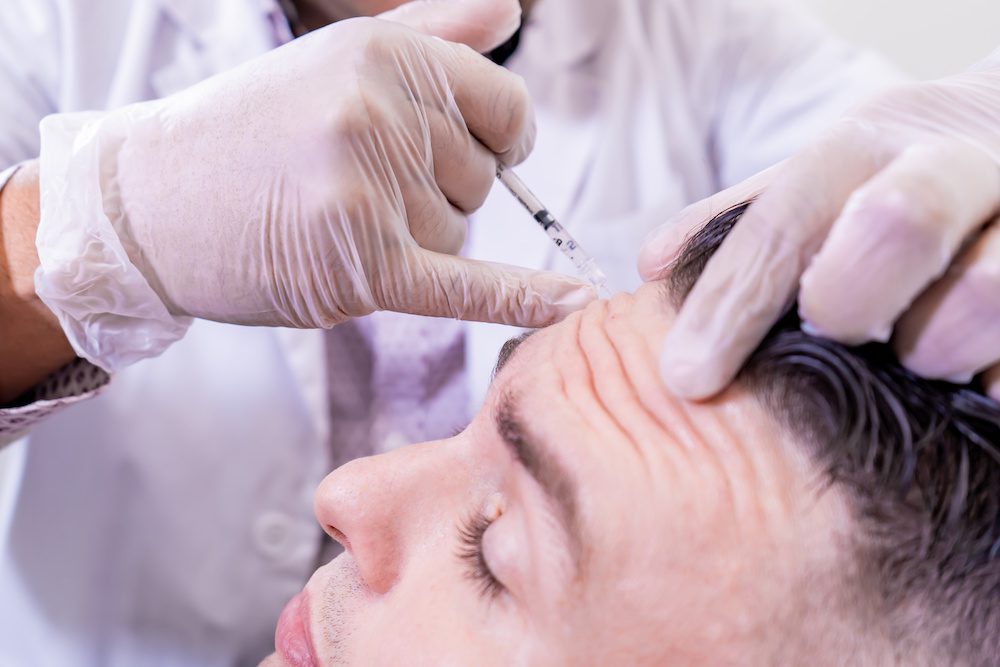Spider veins are a less severe form of varicose veins, caused by blood flow problems in the veins, and especially by malfunctioning valves inside the veins. It’s possible to treat spider veins, depending on their size and severity, using laser treatments, or sclerotherapy. Laser treatment uses light and heat energy to seal off affected veins; Sclerotherapy involves injecting a solution directly into the affected vein, which causes the vein to contract and eventually completely close and wither away.
Chances of Reoccurrence
Following laser or sclerotherapy treatments the treated veins cannot return, however, the body is able to form new blood vessels to replace the treated ones. If your body continues to have blood flow problems then you should expect that new spider veins will eventually form. Fortunately, if they do return they will typically be less severe; it may also be a considerable time before any reoccurrence becomes visible.
You should ensure that you select a sclerotherapy practitioner who is both medically qualified and highly experienced. This combination will help ensure that your treatment is correctly and professionally performed; this will greatly reduce the chance that unwanted spider veins are incompletely eliminated, or that they are likely to quickly return. You will also want the cause of your blood flow problems to be medically evaluated, so that appropriate treatment is identified if they’re caused by more severe underlying medical problems.
How to Reduce the Chance of Return
The blood flow problems that cause spider and varicose veins to develop can be due to a host of different causes. These range from lack of sufficient exercise, wearing over-tight clothing, being overweight, or having a poor diet. They can also be due to a number of more serious health problems, several of which are hereditary in nature. Obviously adopting a more healthy lifestyle will reduce or delay the chance of spider veins returning. Compression stockings can also be an effective way to prevent the development of further spider veins. Your practitioner should be able to provide you with detailed information on how best to achieve this.
Your Laser Skin Care
Your Laser Skin Care practitioners are medically qualified and experienced in diagnosing the cause of spider veins, and also in providing sclerotherapy and laser vein treatments to treat the condition. We also have extensive experience with a wide variety of other non-invasive cosmetic procedures and can help you choose the safest, most effective, and most cost-effective way to achieve your cosmetic goals. Call us at (323) 525-1516 to schedule a free consultation, or visit us online for more information.

